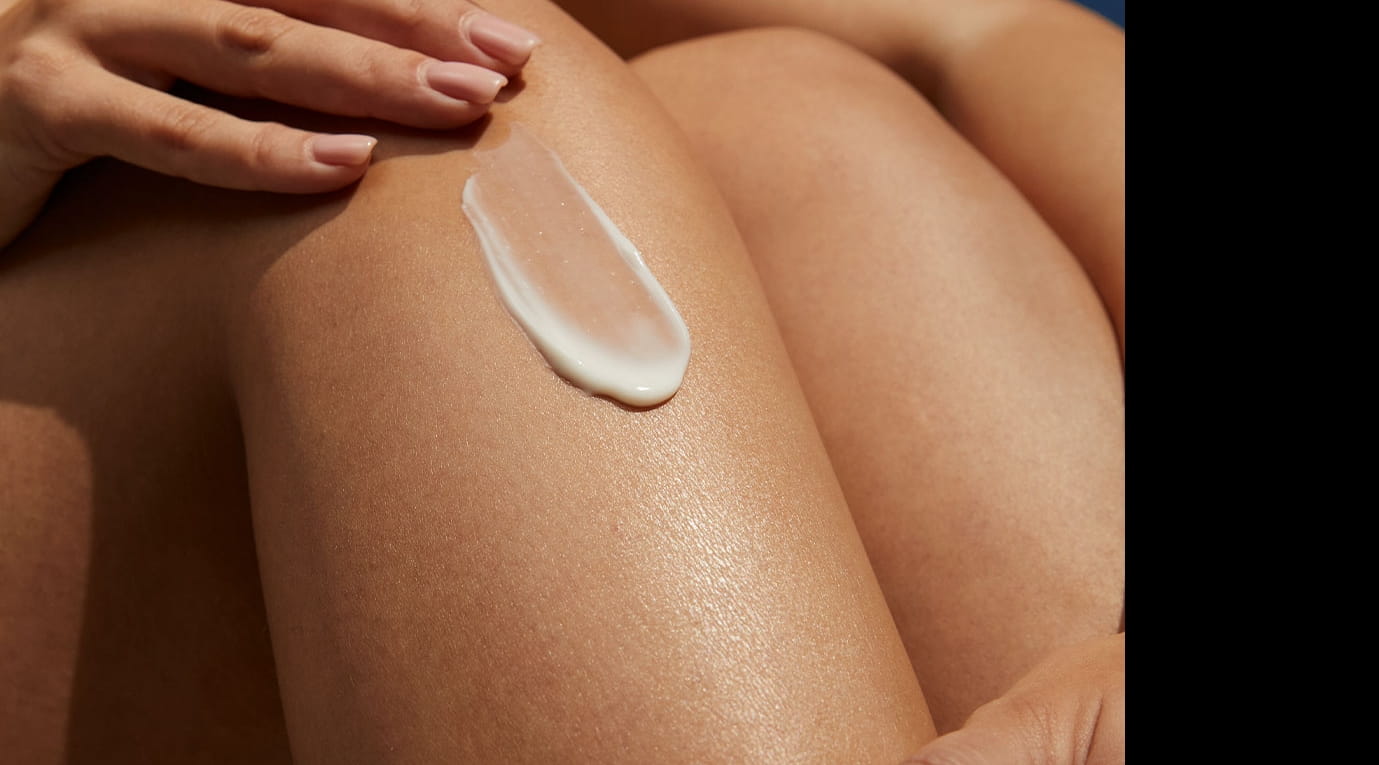
The Balance Within: Exploring the Crucial Role of Skin pH
Are you ready to unlock the secrets of radiant skin? Today, we're embarking on a journey that delves into the very core of your skin's health—the realm of skin pH. Get ready to dive deep and discover the key to skin that truly shines!
Step 1 Gather Your Tools
First off, you'll need a few things: pH testing strips and some distilled water. These testing strips are like mini detectives that can unravel the pH mystery of your skin.
Step 2 Prep Your Skin
Before you dive into the experiment, make sure your face is clean and free from any potions or lotions. Starting with a fresh face is key to getting accurate results.
Step 3 The Big Test
Now, it's time for the fun part. Dampen a pH testing strip with a tiny bit of distilled water. Then, gently press the damp strip against different areas of your face – forehead, cheeks, chin, you name it. Let it sit for a few seconds, then remove it.
Step 4 The Moment of Truth
Take a look at the strip after you remove it. Notice the color change? It’ll tell you about your skin's pH level. Compare it to the color chart that comes with the testing strips. That chart is your decoder ring.
Step 4 The Grand Revelation
Based on the color shift and the chart, you can figure out whether your skin's pH is in the ideal spot – between 4.7 to 5.75. If it is, congrats! Your skin's protector, the acid mantle, is probably in good shape. If it's not in the range, no worries. It just means your skin's guardian could use a little TLC.






